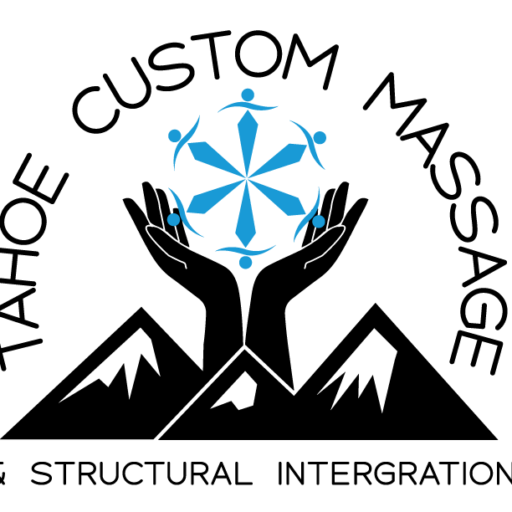Coming soon:
Want to bring the Morales Method continuing education to your community? Contact me to learn more about hosting a course.

Julie Gudaitis instructs her students on Morales Method® Myofascial Point Work: Advanced Trigger Point Massage Therapy.
Having practiced massage for over a decade, I have accumulated a wealth of experience and knowledge that I can’t wait to pass on to other massage therapists. I’ve loved working with Marty over the past two years and learning the method of no method that he teaches in each of the Morales Method® classes. I’ve appreciated the hands on instruction with Marty because he has been able to provide feedback on my skills that you can’t receive in an online class or large convention. As easy as it is to receive your continuing education hours online, we’re in the business of touch. Having an instructor help you fine tune your palpation skills and understand what you’re feeling can change any practice and the approach you take with your clients. I can’t wait to continue this one-on-one style of learning so that each therapist can explore different ways of adapting to the unique needs of their clients in order to get the results that they’re seeking. To learn more about the Morales Method® please visit moralesmethod.com
Advanced Neck Work and Spinal Mechanics I
Learn to evaluate the cervical spine in a streamlined, efficient manner and pair findings with manual therapy techniques.
Topics include:
- Fryette’s Law of spinal mechanics and how to apply them to your work
- Specific Manual Therapy Techniques to relieve neck pain
- The Morales MethodⓇ Concepts of Palpation and how to apply them to tailor your sessions to the needs of the individual client
Instructor: Julia Gudaitis Ward, CMT, MMASI & ACSM Certified Personal Trainer
Dates: March 12-13, 2021 from 9am-6pm for 16 NCBTMB hours
Location: 3435 Limaburg Rd., Hebron, KY 41048
Cost: $299
What is Morales Method® Advanced Neck Work?
Advanced Neck Work 1
(16 CEU hours) – This two day workshop will take students deep into the intricate structural relationships of the muscles and the vertebrae of the cervical spine, how form and function influence one another, and how massage can positively support these and improve these relationships. Students will be given the skills to track down dysfunction in the cervical area and the techniques to work deeply and effectively with clients’ trouble spots in order to restore balance, relieve pain, and improve range of motion and overall function.
Students will learn how vertebrae behave in movement using Fryette’s Law (a set of three laws pertaining to skeletal anatomy named after Harrison Fryette, DO.). From there, students learn how to work the tissue attaching to the spinous processes (and other parts of the vertebrae) and with gentle movements, bring about de-rotation of rotated vertebra. Students will also learn how to visually assess a client to determine whether a de-rotation may be happening before confirming findings with palpatory assessment. They will also use myofascial techniques to work the soft-tissues in the neck.
Advanced Neck Work 2
(8 CEU hours) – This one day class continues with further spinal mechanics of the neck and addresses issues of the cervical spine namely, anterior shift and sideways curvature. Additionally, the practitioner will learn how to bring greater range of motion to the atlas in order to address possible dysfunctions which include the atlas and will learn how to employ MET techniques to release deeper muscles to help with challenging neck issues of the neck.
What is Morales Method® Myofascial Point Work: Advanced Trigger Point?
This class combines classic Trigger Point Therapy based on the work of Dr. Janet Travell with myofascial bodywork in order to palpate and address the trigger points in an efficient manner. This class consists of lecture, demonstration, and plenty of hands on training.
Therapists will learn to find and work trigger points in two very distinct ways in order to better effect change in their clients. These trigger points include but are not limited to: neck, back, glutes, and legs. The therapist will learn:
- How to palpate and release trigger points using both the ‘Directional Resistance’ and ‘Directional Ease’ method. This means therapists will will become more effective in releasing trigger points and have greater success with difficult client issues.
- Trigger Point Therapy and Common Injuries: Therapists will learn about common injuries and how trigger point therapy can help these conditions. For example, treating sciatica with Trigger Point Therapy can include work on Piriformis, Gluteals, and Hamstring trigger points.

Please submit the following form to receive updates on upcoming classes:

